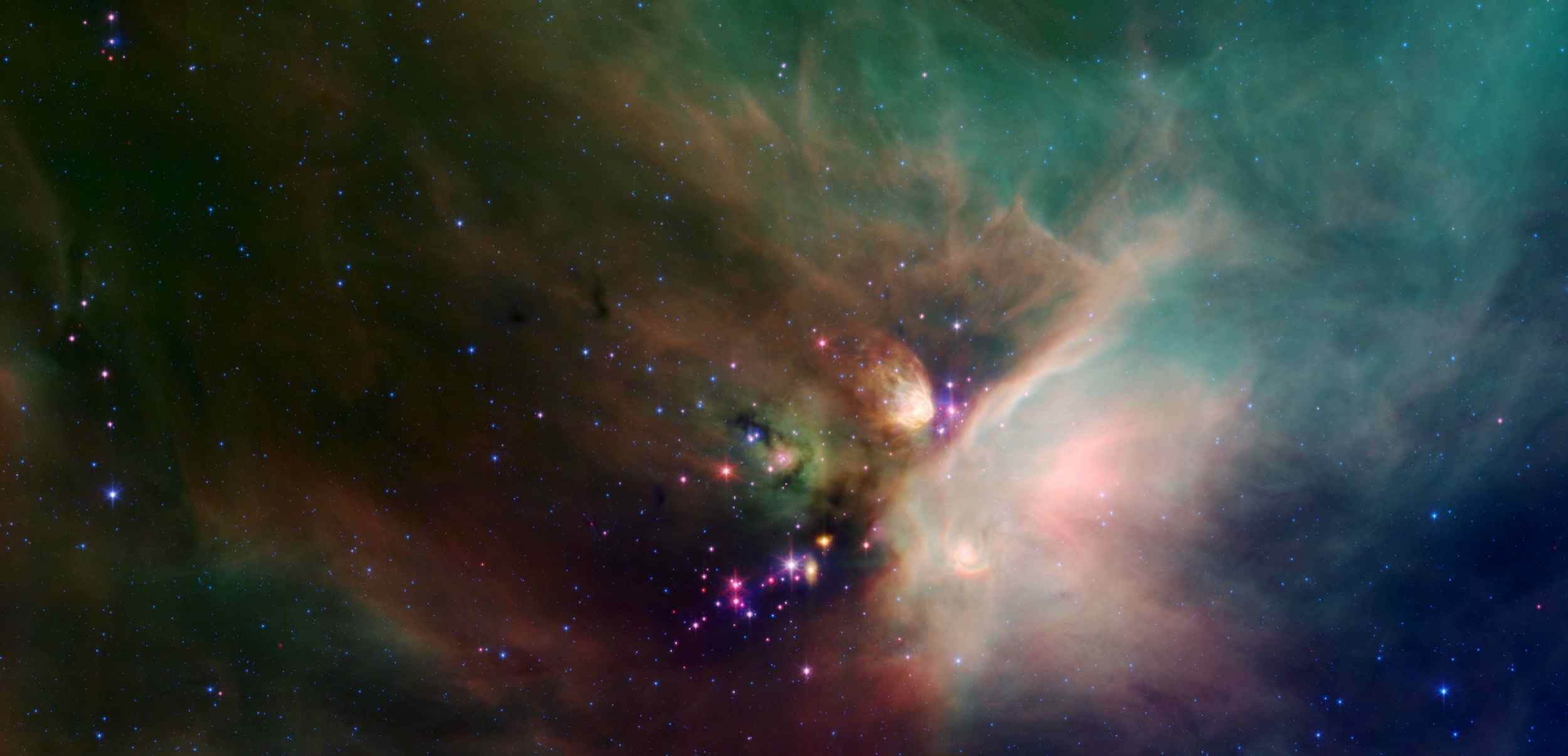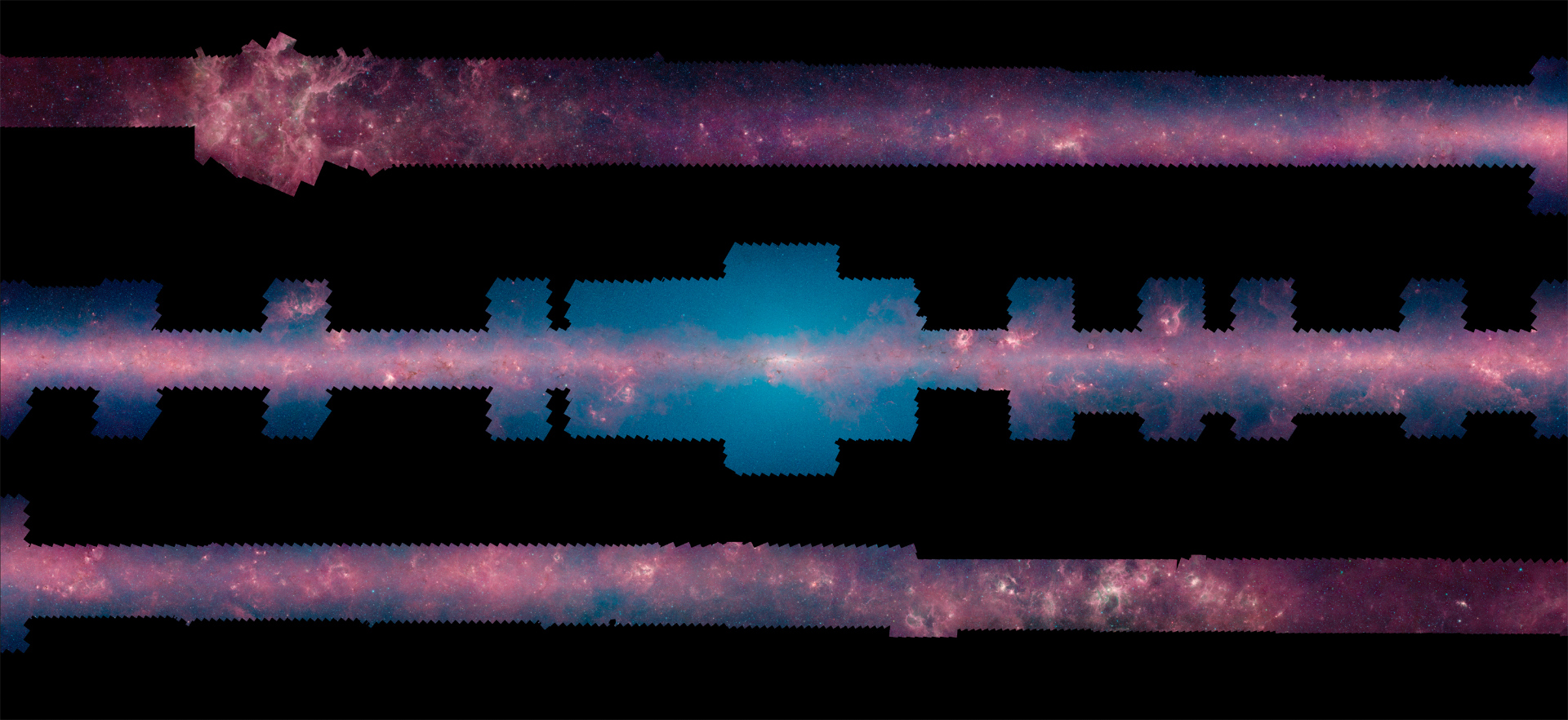
NASA bids farewell to the Spitzer Space Telescope
The infrared eye was closed after studying the universe for over 16 years
by Humza AamirWhat just happened? Yesterday, the Spitzer Space Telescope completed its last assignment of measuring dust in our solar system. NASA has put the spacecraft into safe mode, retiring it from service. The craft provided many fascinating discoveries during its mission.
Named in honor of the famed astronomer, Lyman Spitzer, NASA's infrared space telescope launched into space in 2003. On Thursday, it was finally decommissioned, laying the groundwork for the James Web Space Telescope (JWST) in making future discoveries.
"Spitzer has taught us about entirely new aspects of the cosmos and taken us many steps further in understanding how the universe works, addressing questions about our origins, and whether or not are we alone," said Thomas Zurbuchen, associate administrator of NASA's Science Mission Directorate in Washington.
Throughout its mission, the spacecraft made several significant scientific contributions. It was the first telescope to directly observe light from an exoplanet and also led to the creation of the first-ever exoplanet "weather map." It also identified a new infrared ring around Saturn in 2009, and improved scientists' understanding of the evolution of galaxies, comets, and asteroids.

According to NASA, the spacecraft's most remarkable achievement was the detection of the "seven Earth-size planets in the TRAPPIST-1 system – the largest number of terrestrial planets ever found orbiting a single star. It also aided in determining their masses and densities."
The telescope was given the final shutdown command, and has now closed its shutter as it goes into "safe mode." With its radio dish now pointed towards Earth, Spitzer will make its last transmission, sending the one final data load it has collected.
"I think that Spitzer is an example of the very best that people can achieve," noted Spitzer Project Scientist Micheal Werner. "[I feel] very fortunate to have worked on this mission, and to have seen the ingenuity, doggedness, and brilliance that people on the team showed. When you tap into those things and empower people to use them, then truly incredible things will happen."